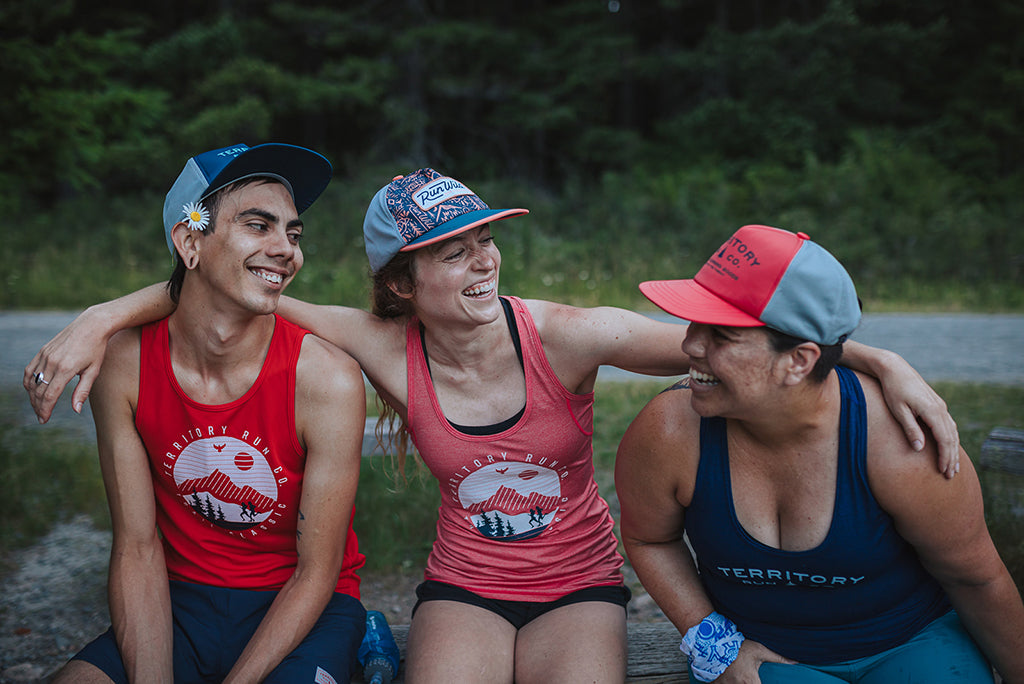Run Journal

Are You Eating Enough For Your Activity Level?
By Rebecca Fallihee If you read running websites or magazines, view social media accounts of various athletes, and perhaps overhear conversations in your run community, in the past few years...
Are You Eating Enough For Your Activity Level?
By Rebecca Fallihee If you read running websites or magazines, view social media accounts of various athletes, and perhaps overhear conversations in your run community, in the past few years...

Territory Run Camp 21
Photos by Nick Danielson Territory Run Camp '21 took place in the heart of the North Cascades with rugged mountains, glaciers and even some fall colors. Aspire Adventure Running (Abram...
Territory Run Camp 21
Photos by Nick Danielson Territory Run Camp '21 took place in the heart of the North Cascades with rugged mountains, glaciers and even some fall colors. Aspire Adventure Running (Abram...

And the Crowd Goes Wild(flowers)
By Patrick Dean It’s the tail-end of summer, and I’m on the final rise of my standard morning trail-run loop, not far from my parked car. It’s where energy sometimes...
And the Crowd Goes Wild(flowers)
By Patrick Dean It’s the tail-end of summer, and I’m on the final rise of my standard morning trail-run loop, not far from my parked car. It’s where energy sometimes...

REJOINING THE TRIBE
BY PATRICK DEAN Photo by Tiare Vincent So we went into the city, where a microbrewery hosts a weekly thing called Joggers & Lagers. Show up at 6, run a...
REJOINING THE TRIBE
BY PATRICK DEAN Photo by Tiare Vincent So we went into the city, where a microbrewery hosts a weekly thing called Joggers & Lagers. Show up at 6, run a...

Territory Friday Favorites: David Laney's Playlist
Time for some new tunes for your weekend runs thanks to professional trail runner David Laney! David was born and raised in Oregon. He has taken 1 shower in the...
Territory Friday Favorites: David Laney's Playlist
Time for some new tunes for your weekend runs thanks to professional trail runner David Laney! David was born and raised in Oregon. He has taken 1 shower in the...

SOCKS
By Heidi Skildum This past year, I have reflected most on the two most important relationships of my life: running and my partner, Andrew. To begin, I started running as...
SOCKS
By Heidi Skildum This past year, I have reflected most on the two most important relationships of my life: running and my partner, Andrew. To begin, I started running as...